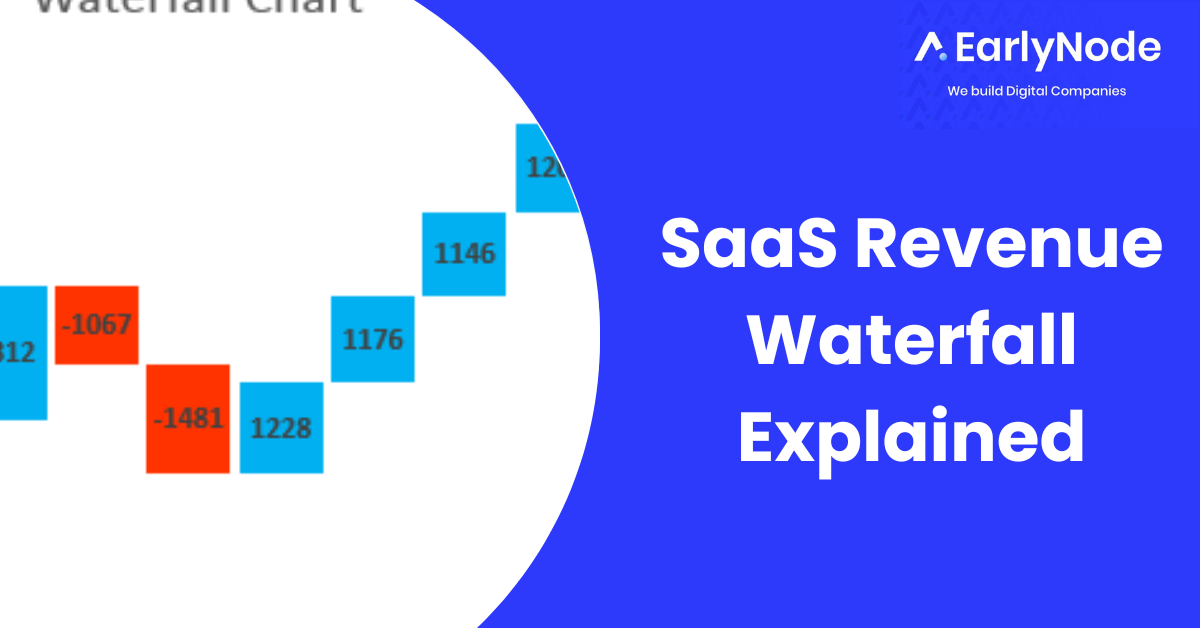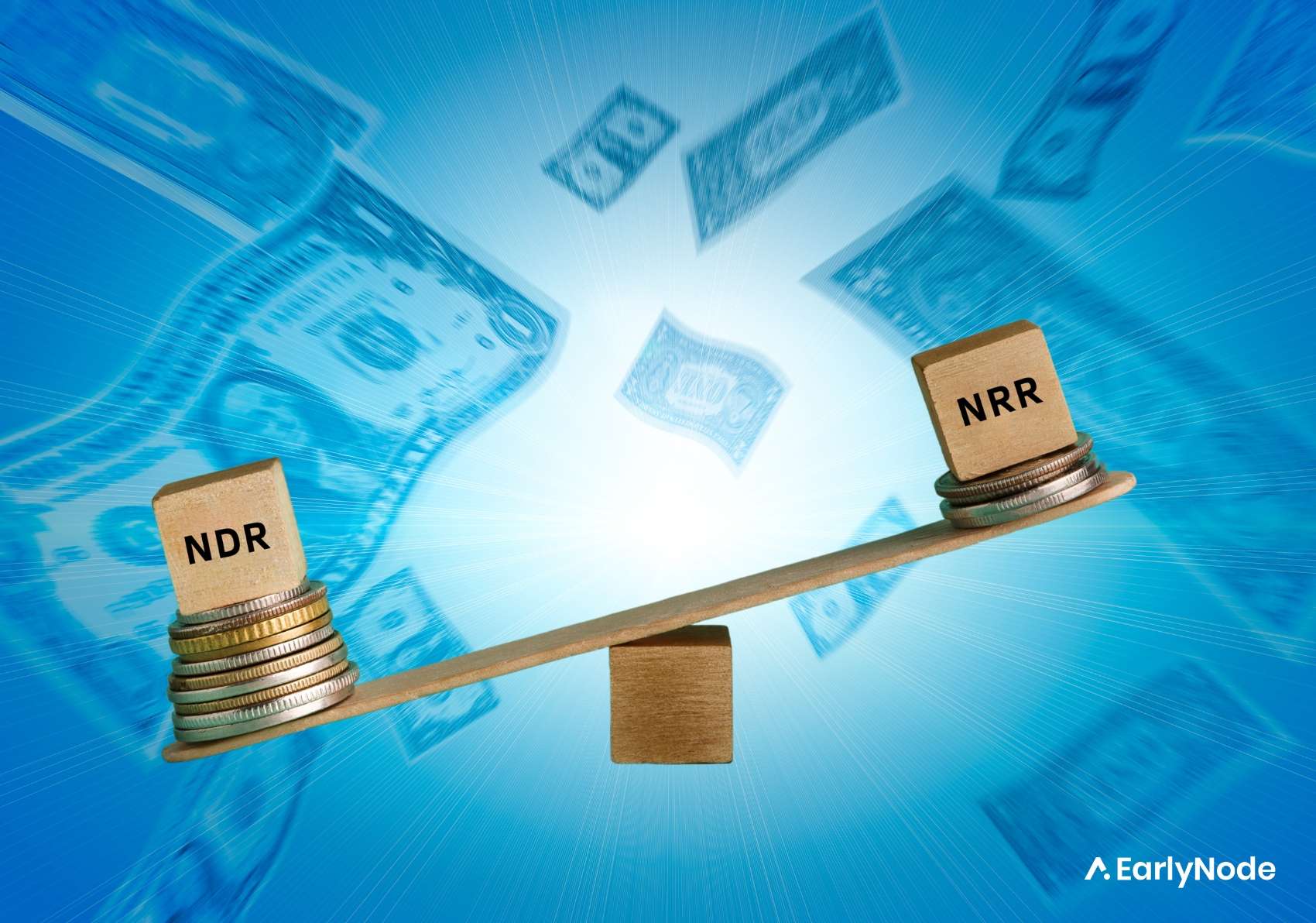How to Calculate Net Revenue Retention in B2B SaaS

You might be a pro at turning on the charm offensive to woo new clients to your business each month, but it doesn’t mean you’re actually growing. What if you’re losing so much revenue from your existing B2B clients that it’s making you unprofitable? That’s where net revenue retention comes in. This post will walk you through how to calculate your company’s NRR.
What is NRR?
NRR stands for Net Revenue Retention and is a retention metric measuring how much revenue you retain from existing customers over a defined period.
Why is Net Revenue Retention important?
Your net revenue retention shows whether your product is excelling at meeting customer needs. It allows you to see how well you’re retaining customers over time. If you’re acquiring new users each month but keep losing revenue from existing customers, it’s not a good picture overall. They’re churning because they’re not satisfied. Know what that means? Eventually, you’ll repeat the cycle with those newly acquired customers too.
How to calculate NRR

Net Revenue Retention calculates total revenue, including any expansion revenue, but deducts any revenue churn (e.g., expirations, cancellations, or downgrades). Calculate NRR monthly to get a clearer picture of your performance.
To calculate your NRR, you’ll need to gather data on these things:
1. Your Monthly Recurring Revenue (MRR) at the start of the month
2. Expansion Revenues (upgrades, upsells, and cross-sells)
3. Lost revenue from cancellations
4. Lost revenue from downgrades
Once you have that data, you can plug it into the following formula:
Net Revenue Retention = (MRR at start of month + Expansion revenues – Cancellations – Downgrades) ÷ MRR at start of month × 100
Let’s take an example: let’s say that your company starts with $10000 MRR at the beginning of March and makes an additional $5000 from user upgrades and upsells but loses $3500 to customer churn and downgrades. Your NRR at the end of March would be:
(10000 + 5000 – 3500) ÷ 10000 × 100 = 115%
Notice how the NRR is above 100%. It tells you that despite some losses, you’re growing steadily. The extra revenue from your existing customers was the difference. If you can convince more users to upgrade to higher tiers or cross-sell to them, you can remain profitable even if a few users churn.
What is a healthy NRR benchmark?

A high NRR means the company is growing, while a low NRR implies that the company is losing ground. An excellent figure is above 100%. A B2B SaaS company with a healthy Net Revenue Retention should aim for at least 90%. Anything less than that means that there’s room for improvement when it comes to customer retention.
How to improve your Net Revenue Retention
If you find that your NRR isn’t where you want it to be, there are plenty of things you can do to improve it. Here are a few suggestions:
- Use contextual in-app messaging
- Employ FOMO strategy
- Offer self-service support
- Improve customer onboarding process
Read our latest article to learn more about ways to improve your retention metrics. And then put your new-found knowledge into action!




